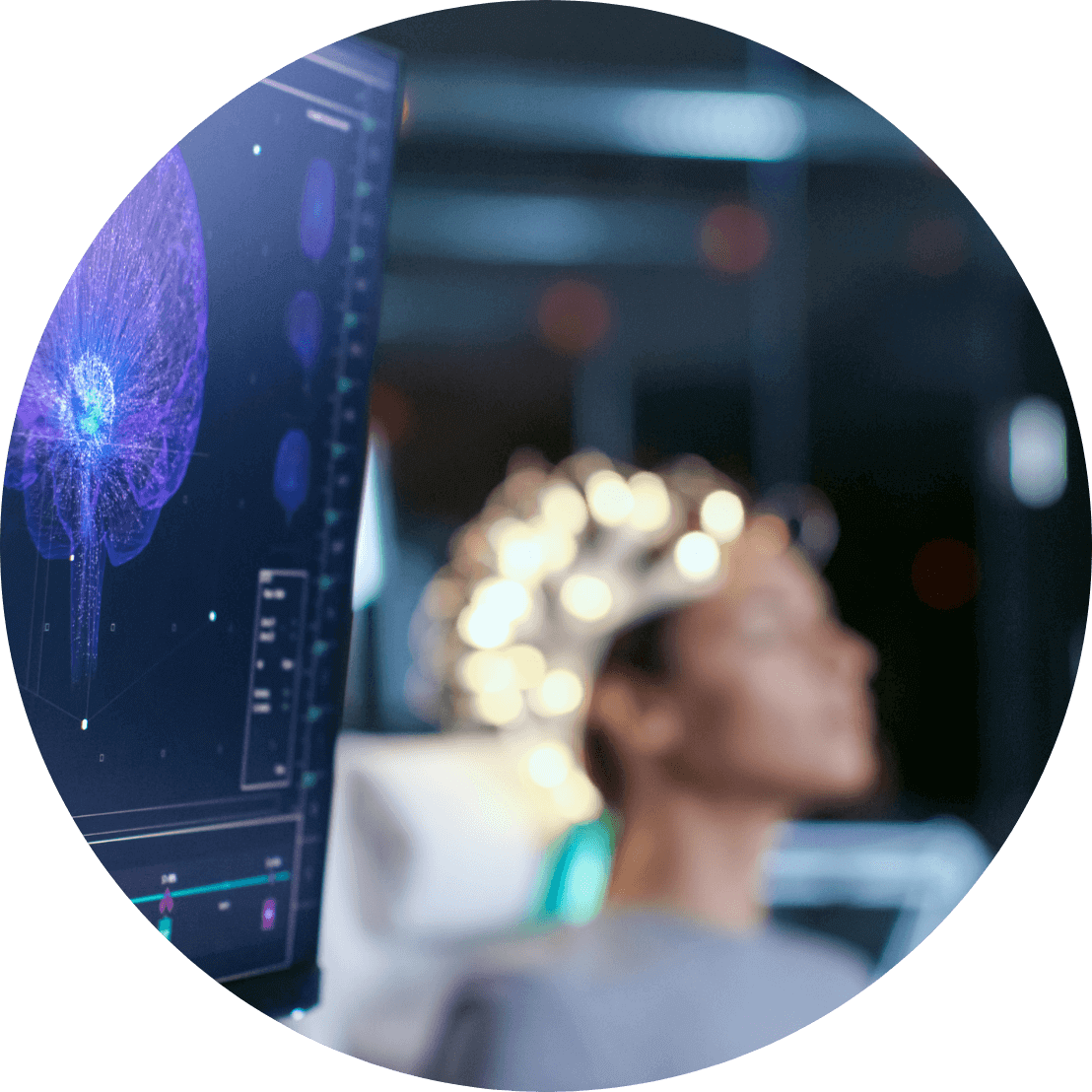THE POWER OF NEUROSCIENCE
Modern neuroscience gives us a deeper insight into what makes humans tick – showing that emotion is not just important, but fundamental to our decision making.
As a pioneer in consumer neuroscience, we apply a range of neuroscience tools to capture what humans can’t easily articulate, revealing what really is able to capture our attention and shape our emotions, memories and decisions.


Using neuroscience to get to the heart of the places that make us
Our award winning study used fMRI to look deep inside the brain to understand why places are so important to people – putting neuroscience at the very heart of the brand story.
The National Trust know that we all have emotional connections to special places. But they wanted to understand why places mean so much. Using neuroscience blended with Qual and Behavioural Science we got to the very heart of this connection.

It’s been a pleasure working with Walnut this year. Not only are they experts in neuroscience and behavioural research, but their passion and dedication for human understanding continually shines through. For every project, Walnut take time to understand our strategic goals and deliver results that help us pinpoint what we’re doing right and, most importantly, where we can improve. They are an incredibly proactive and amiable team, always going the extra mile to answer our questions and add value.
Kirstin Lloyd, Customer Brand Engagement Manager, LV= General Insurance
NEWSLETTER
Sign up for the latest treats straight to your inbox
















